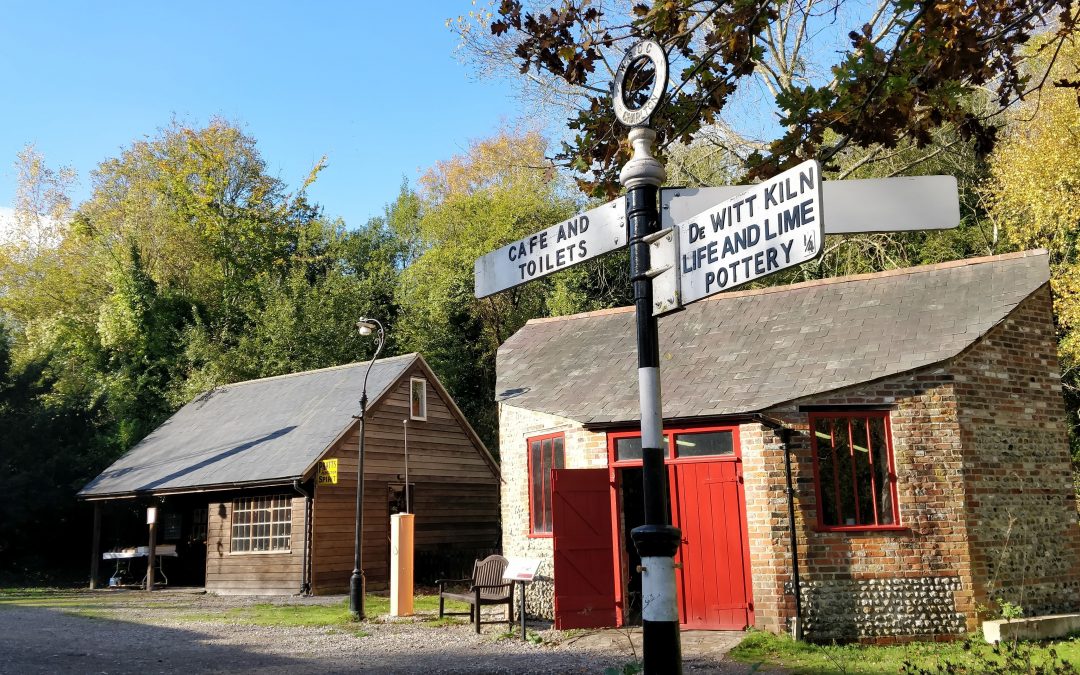Most trees growing near buildings cause no damage. But in some cases, subsidence and structural damage can be linked to tree roots. Blocked drains and lifted paving may also be a problem. Understanding the factors involved in tree damage to buildings, including soil type and depth of foundations, will help both tree and house owners determine what action to take and when to get professional help.
Structural damage caused by subsidence
This is generally only a problem on shrinkable clay soils. Buildings up to four storeys constructed before the 1950s are most at risk, as they frequently have comparatively shallow foundations.
Drain damage
Roots may enter and block drains. If the drain leaks, it can lead to the formation of cavities where water flows into the soil. Older drains with poor seals and rigid joints are most susceptible.
Physical damage
Branches can cause damage to roofs and guttering. Suckers and expanding roots can lift paving and lightweight structures, such as garages and sheds, but are incapable of lifting heavier structures.
How can damage be prevented or minimised?
Careful selection of trees for a site where buildings are close by is needed, but this does not mean large trees cannot be planted in a built-up area. The loss of street trees and garden trees in our towns and cities due to an overly cautious approach by insurers and councils is itself a worry, as urban areas need trees to maintain a healthy environment.
It is hard to predict which trees will cause damage because even where conditions mean the risk is high, only a very small proportion of trees will go on to cause subsidence. Risk prediction systems are largely fallible so it is normally best to wait until a tree becomes a real risk (i.e. causes damage) before taking action.
Things to bear in mind if you’re concerned about trees near houses and other buildings:
- It must be noted that many trees grow near buildings and, in most cases, these will not cause any damage.
- However, sometimes trees growing near buildings can cause major problems, especially after a long period of dry weather.
- Subsidence is the main problem posed by trees, but there are also the physical threats caused by falling limbs or structural failure of the main trunk.
- If you own a substantial tree near a building or public highway, it is well worth having it professionally surveyed every few years to assess its overall health and to determine any pruning or felling requirements. Ensure that you keep these reports in a safe place, as they may be useful in any negotiations with insurance companies or public bodies.
If you have any questions or live in Portsmouth or the surrounding areas and would like to discuss one of our many tree services give us a call on 07775 764 669 or contact us using our form by clicking here..
Bob Angus – Owner / Angus Tree Services


Recent Comments